Subtotal: ₹70.00
Gibbaeum heathii pack of 20 small tiny seeds
₹199.00
Out of stock
Email when stock available
SKU: Gibbaeumheathii
Category: cactus and succulent seeds
Gibbaeum heathii Description: Gibbaeum heathii is a dwarf succulent plant forming a compact clump or mat, mostly growing above the ground, rarely sunken partially, leaves formed all over the plant. This is one of the most sought after species. It is extremely variable in form and flower and several differing form are known.
Stems: Very short, but with age, the old stems densely covered in remains of dead leaves well visible in the centre, only a little anisophyllous.
Gibbaeum heathii Body (paired leaves): The pair almost spherical to obovoid, fleshy but very firm to the touch, 1-5 cm, but each leaf ± semi-globose, equal to slightly unequal, joined for up to three-quarters of their length, rounded beneath; epidermis hairless, green to whitish or greyish when grown in full sun, sometimes tinged with yellow, red or purple. Old leaf remains persist around the bases of new leaves.
Flowers: (10-)20-32(-40) mm in diameter, pedicels 1-1,2 cm long, enclosed between the leaves, later the subsequent leaf-pairs, carpels mostly 7-8, rarely 6 or more than 9, petals white, cream or pale pink, filamentous staminodes none, about 140 stamens, filaments white, anthers and pollen pale yellow
Fruit: Base funnel-shaped, the 2 wings merging into the very broad wings of the stalk, thus obscuring the shape of the capsule base, top a little conically raised, often skewed because of the wedged position between the leaves, diameter approx 10 mm, 7-8, rarely 6 or 9, locules and some plants had dry papery remains on them.
Cultivation and Propagation: It is a “winter” grower which is most active from late winter until later spring and heading for summer dormancy, and notoriously difficult to grow because it rot very easily, but Gibbaeum heathii, keeps going over the summer too and don’t need particular care .
Soil: It grows best in sandy-gritty soil and requires good drainage as it is prone to root rot. It can grows outdoor in sunny, dry, rock crevices (protection against winter wet is required) It can also be cultivated in alpine house, in poor, drained soil.
Fertilization: Feed it once during the growing season with a fertilizer specifically formulated for cactus and succulents (poor in nitrogen), including all micro nutrients and trace elements diluted to ½ the strength recommended on the label. It thrives in poor soils and need a limited supplies of fertilizer to avoid the plants developing excess vegetation, which is easily attacked by fungal diseases.
Be the first to review “Gibbaeum heathii pack of 20 small tiny seeds” Cancel reply
You must be logged in to post a review.
FAQs
How to germinate Cactus from seeds
Fill a 4-inch pot with perlite vermiculite and peat moss. Then water it fully, then place the seeds on top of the mix and press with a finger, do not cover the seeds, then cover the pot with plastic or keep the entire pot in a zip lock closed.
Related products
cactus and succulent seeds
Carnegiea gigantea (Saguaro) Seeds rare Cactus Seeds Pack of 20 seeds
₹199.00
cactus and succulent seeds
₹199.00
cactus and succulent seeds
₹199.00
cactus and succulent seeds
Rated 5.00 out of 5
₹199.00

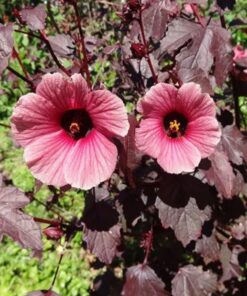 Hibiscus Cranberry Rose pack of 10 seeds Open Pollinated
Hibiscus Cranberry Rose pack of 10 seeds Open Pollinated 


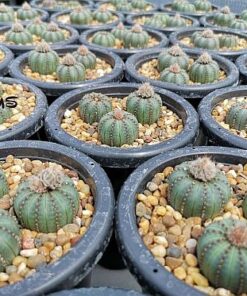
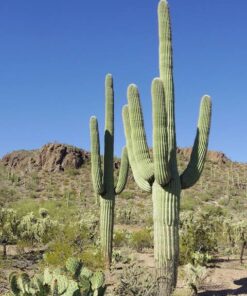

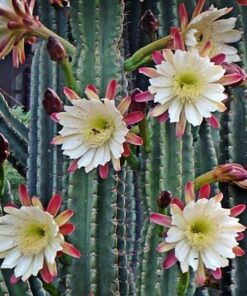
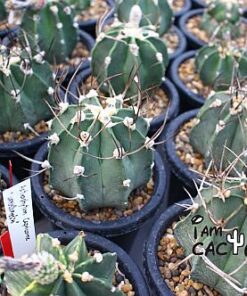
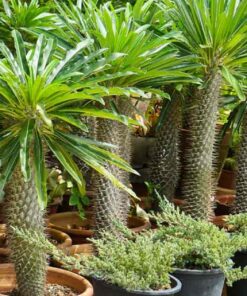
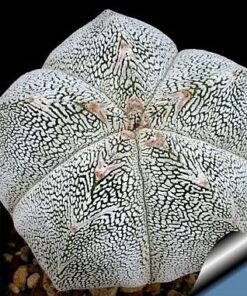
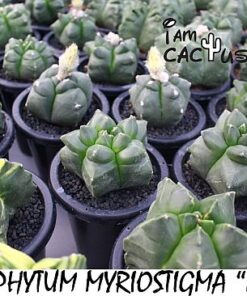
Reviews
There are no reviews yet.